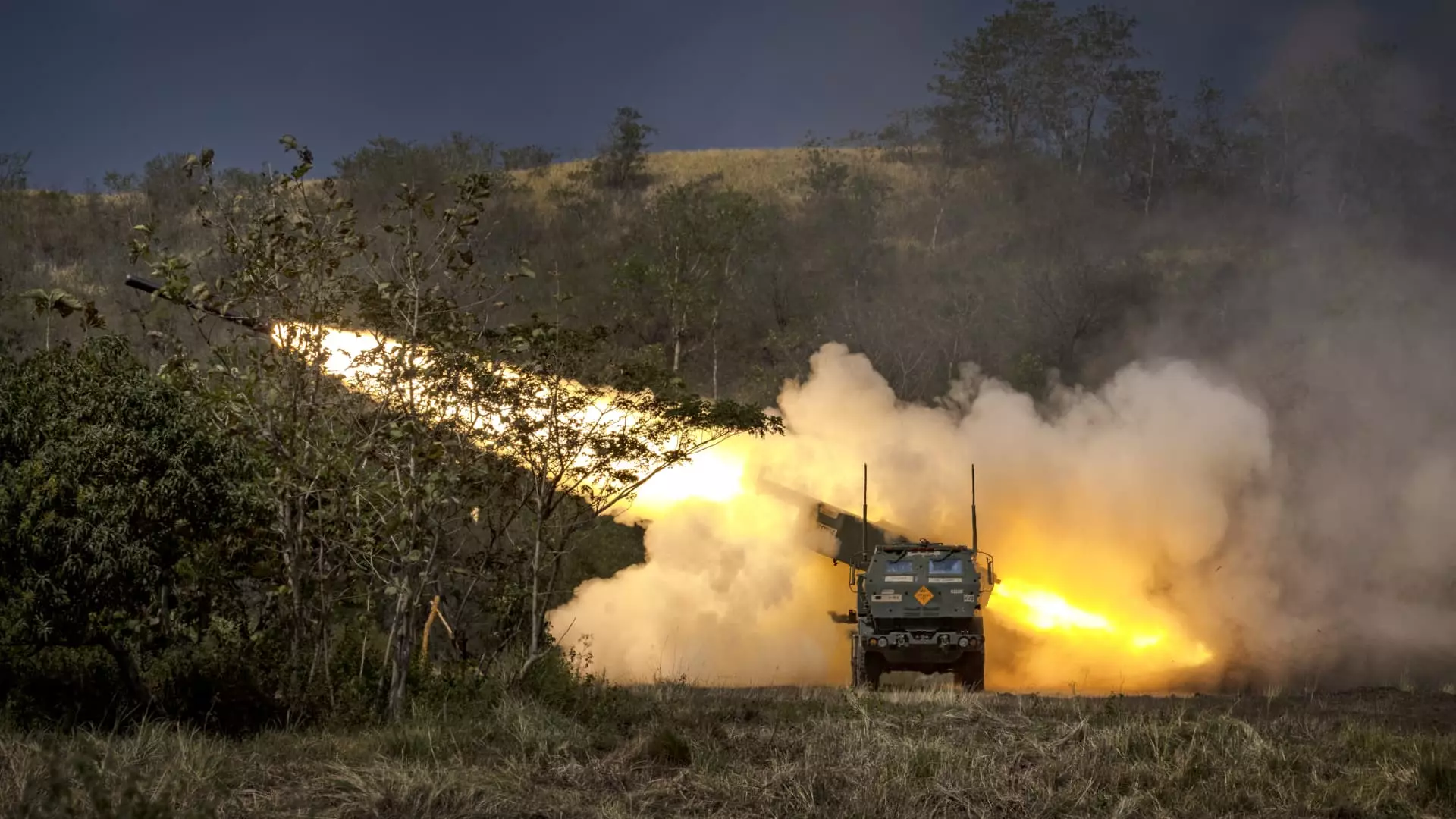The geopolitical landscape of the Indo-Pacific region has witnessed increasingly complex dynamics driven by military posturing and strategic alliances. A significant flashpoint revolves around the United States’ deployment of the Typhon mid-range missile system in the Philippines, which has sparked strong reactions from China. Despite calls for withdrawal, the U.S. appears intent on maintaining its military presence in the region, signaling a broader strategy to counter Chinese aggression and ensure regional stability.
The Philippines, lying strategically adjacent to Taiwan and the contested South China Sea, plays a crucial role in U.S. military operations. The Typhon system’s deployment is seen not merely as an isolated incident but as a key component in a larger strategy to bolster the U.S. military’s ability to respond swiftly in the event of conflict, particularly should tensions between China and Taiwan escalate. By positioning sophisticated missile systems within the Philippines, the U.S. enhances its capability to project power in a region where China has increasingly asserted its influence and military capabilities.
China’s vehement disapproval of the Typhon missile system reflects its concern over perceived encirclement and strategic threats from the U.S. and its allies. The Chinese government has issued stern warnings, labeling the deployment as a catalyst for an arms race that could destabilize the region. Chinese officials argue that such military enhancements in neighboring countries exacerbate tensions and foster an environment of mistrust. Despite these claims, the Philippine government, under President Ferdinand Marcos Jr., continues to assert that the presence of the Typhon system is strategically beneficial, aiming to provide a deterrent against any potential Chinese incursions.
Joint military exercises between Filipino and U.S. forces utilizing the Typhon system underscore the commitment to bolstering mutual defense capabilities. As training operations continue, both nations remain engaged in discussions concerning the longer-term presence of the missile system. Philippine officials maintain that decisions regarding the system’s duration will depend largely on the U.S. Army Pacific Command. This points to a collaborative operational strategy intended to ensure preparedness in the face of potential threats, reinforcing the alliance between the Philippines and the U.S.
The Typhon’s operational deployment in the Philippines is not merely a show of military might; it is a calculated move to test its effectiveness in a realistic operational environment. Sources indicate that the missile system is being evaluated for its ability to respond to regional threats efficiently. The decision to keep the Typhon in place hinges on its assessment and the strategic value it offers. Philippine officials suggest that the ongoing training and operational readiness of the system serve to reassure allies and signal a firm stance against aggression.
The deployment of the Typhon missile system reflects broader trends in military expansion and capability enhancement within the Indo-Pacific region. The U.S. has recognized the urgency of keeping pace with China’s burgeoning missile arsenal, which has grown significantly over recent years. Reports indicate plans for extensive procurement of advanced missile technology, including the SM-6 and Tomahawk missiles, which are expected to enhance U.S. operational capacity in the region. This arms race underscores a significant shift in military strategy, prompting heightened vigilance from both regional players and global observers.
The decision to maintain the Typhon missile system in the Philippines illustrates the delicate balancing act inherent in Indo-Pacific geopolitics. While the U.S. aims to strengthen its alliances and deter Chinese aggression, the ramifications of such deployments may provoke further tension in the region. Moving forward, the effective communication between the U.S., the Philippines, and China will be paramount in mitigating conflict and fostering an environment conducive to diplomatic resolution. In this evolving narrative, the strategic significance of the Typhon system encapsulates the complex interplay of military readiness, geopolitical ambition, and the constant quest for stability in a region marked by contention.


Leave a Reply